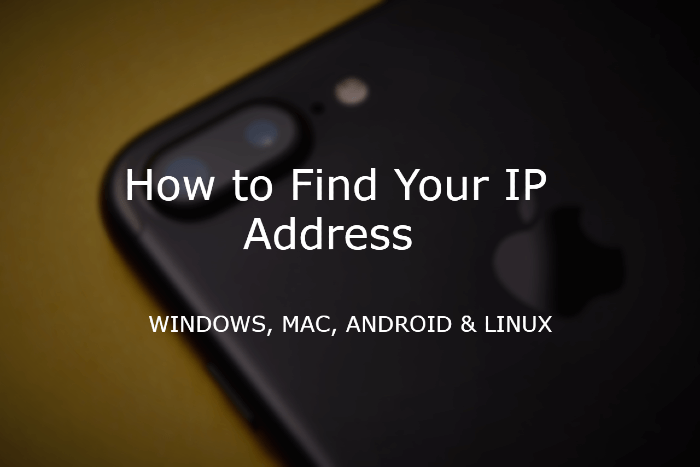
Finding the IP address of the device is a commonly asked question. For connectivity and troubleshooting problems it’s very important to know about your IP address. You can ask your ISP (internet service provider) because they assign IP addresses to their users, or check the solutions we have discussed in this guide. Below we have discussed how to find your IP address on several devices without the use of any complicated tool or scary terminal commands.
How to find your IP address (Public IP)
You can use any browser of your choice to find out your public IP address. You can simply type in “what is my IP address” in a google search. Your public IP address is visible to everyone even outside of your network. It is necessary for communication outside of your network and it is very easy to find as well.
1. How to find your IP Address on Windows
Every version of the Windows operating system has a slightly different way of finding the local IP address which is assigned by a router device. The overall process just takes 15 – 20 seconds and some clicks, but it usually depends on the version of the Windows operating system a user uses.
1.1 Find IP address on Windows 11
In Windows 11, you may use a variety of methods to discover your own IP address. The Settings application is one of the most straightforward approaches to do so.
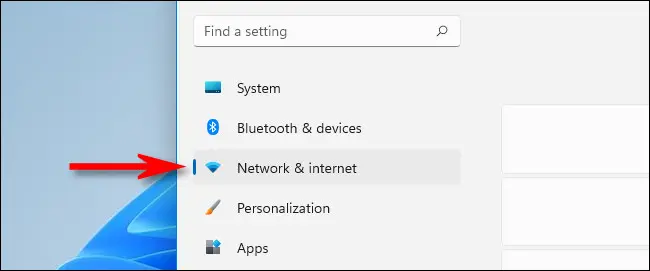
To begin, first open Windows Settings by pressing Windows+i on your keyboard. Alternatively, type “settings” into the Start menu. In the sidebar, click “Network & Internet” when it becomes available.
Your primary internet connection is listed near the top of the window in Network & Internet settings. Click “Properties” next to the network connection’s name.
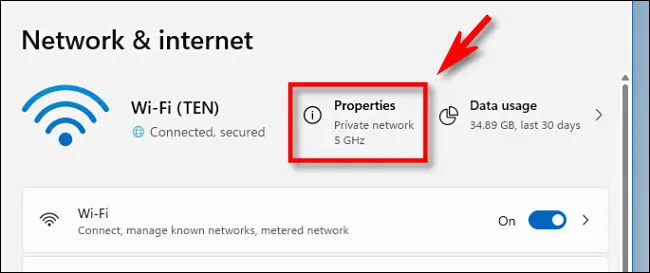
Locate the information area near the bottom of your network connection properties page. Your local IP address will display as “IPv4 Address” (such as “193.167.1.90”) next to “IPv4 Address,” and your IPv6 address will be shown just above your IPv4 address.
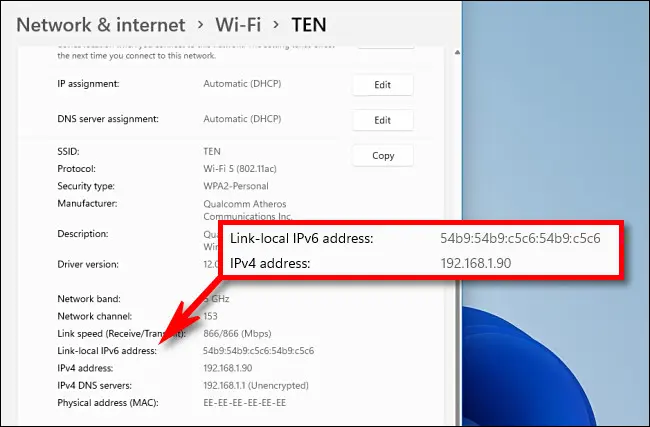
To copy the network information to your Windows Clipboard, click the “Copy” button beside the network information section.
1.2 Find IP address on windows 10
Below are the 4 easy steps to find your local IP address in Windows 10 operating system.
Step 1
- At the bottom left of your screen right click on the windows icon (start menu) and select the settings option.
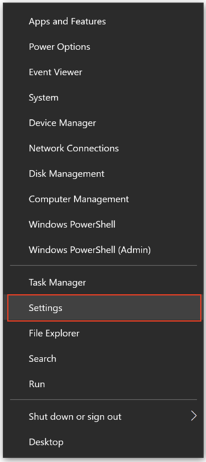
Step 2
- Now you will need to click on the Network and Internet option.
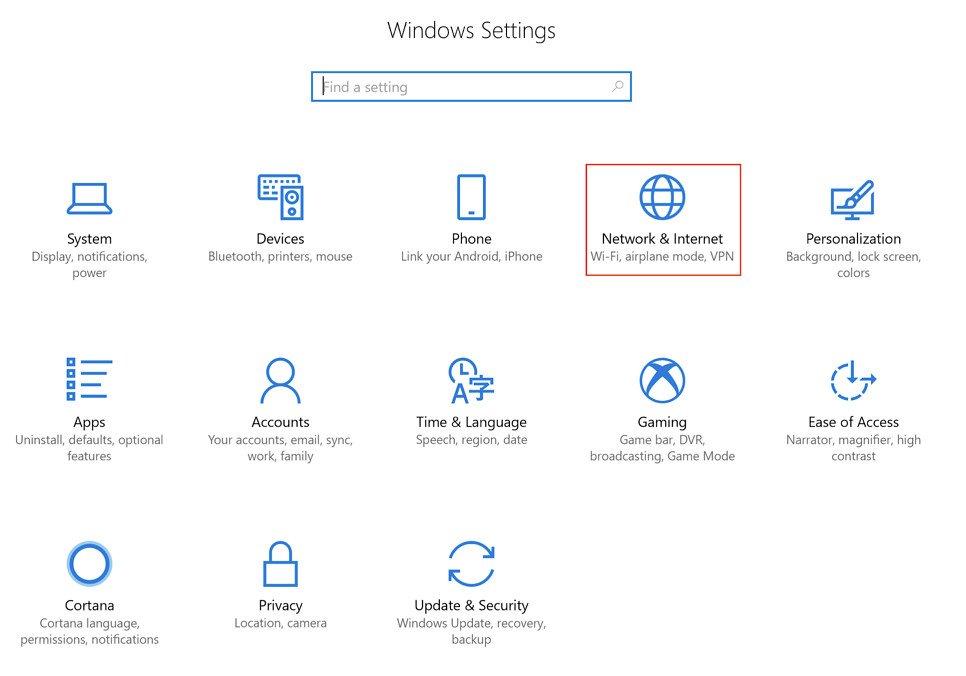
Step 3
- On the left in the sidebar menu, select the wifi or ethernet option, depending on what type of connection your device is connected to.
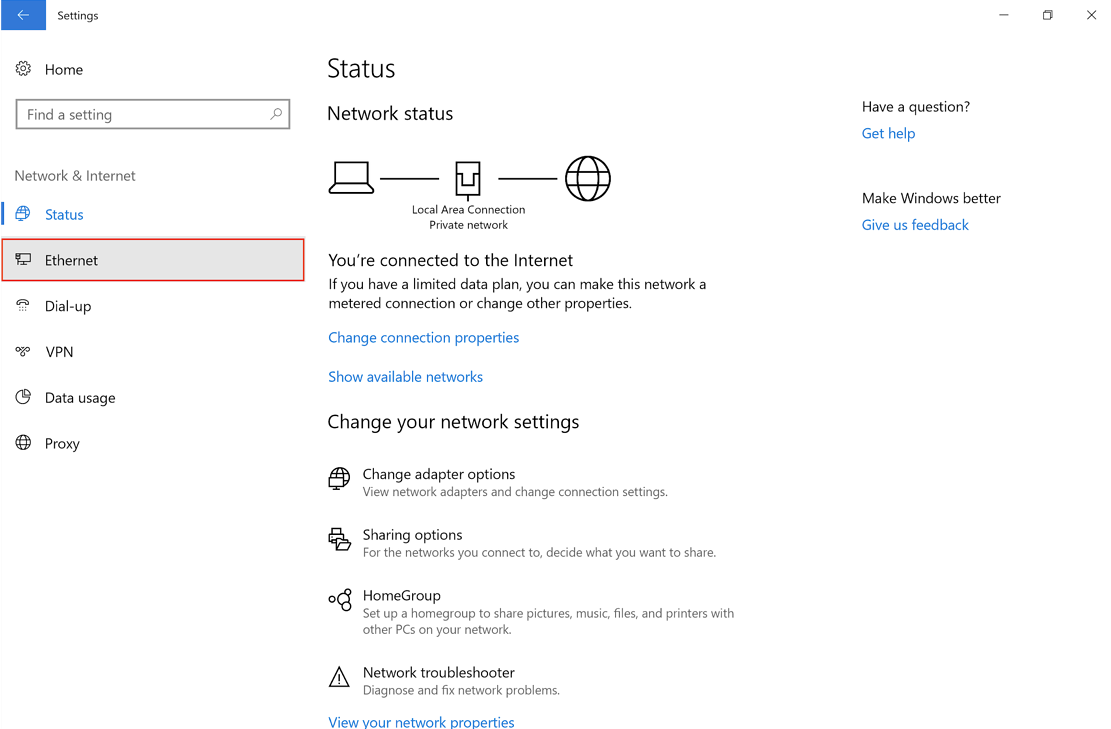
Step 4
- Finally, after clicking the network option in the column menu your Ip will appear in front of the label IPv4 among other details.
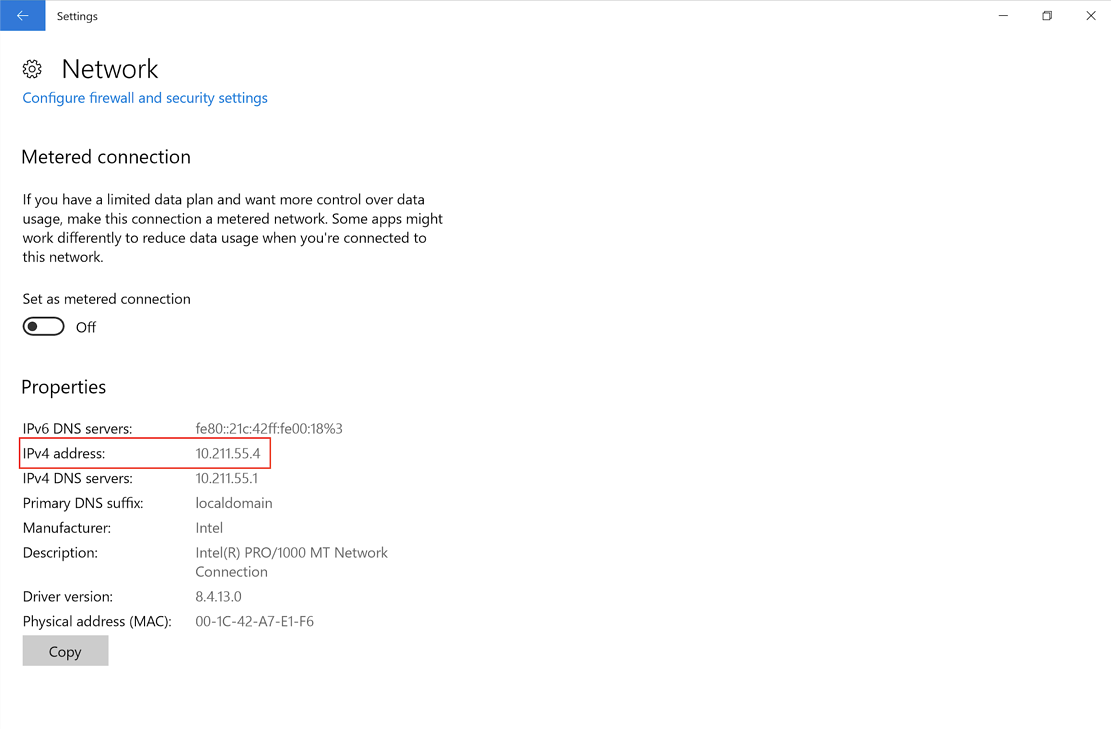
1.3 Find IP address on windows 8 and 8.1
Similarly, you can check the IP address on windows 8 and 8.1 with a slightly different approach.
Step 1
On the bottom right of the taskbar click the network icon to open the (open network and sharing center).
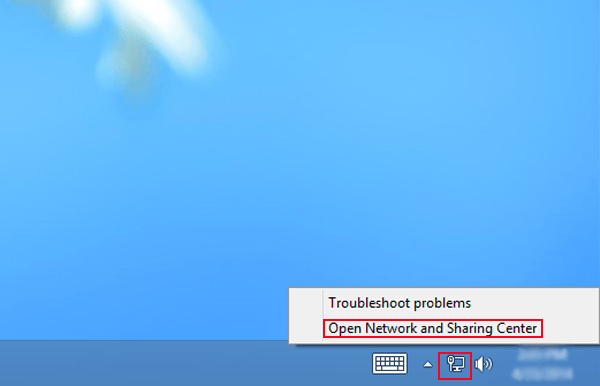
Step 2
Great! you are almost there. Now click on the Ethernet option in the network and sharing center window.
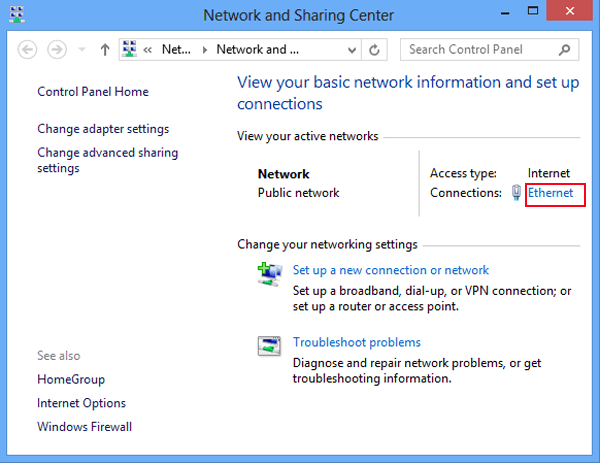
Step 3
Now click on the Details button to navigate to the next window.
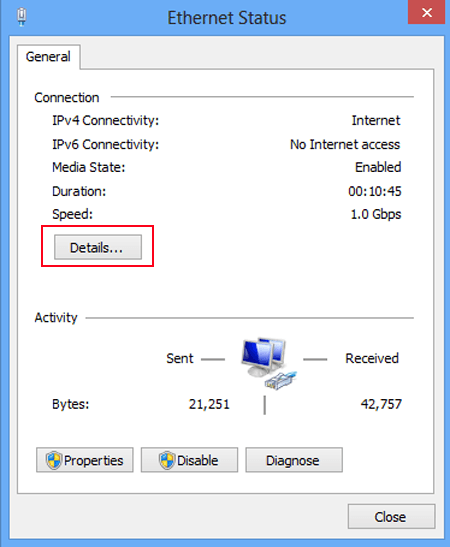
Step 4
Finally, You can check your local IP address in front of the IPV4 label.
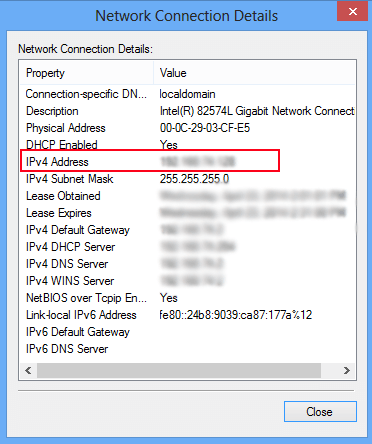
1.4 Find IP address on windows 7
The predecessor of Windows 8 the legendary Windows 7 has an almost similar way to find a local IP address.
Step 1
On the bottom right of the taskbar click the network icon, then click on network and sharing center highlighted text.
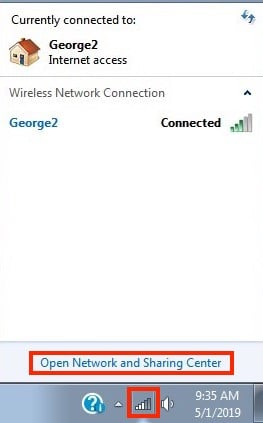
Step 2
Now double click if the device is connected to a “wired “or “wireless network” connection.
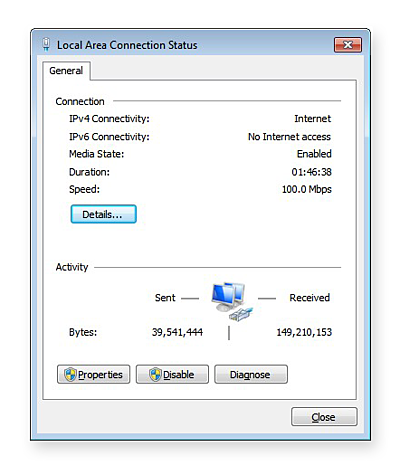
Step 3
In the end, click on the Details button to check your IP address.
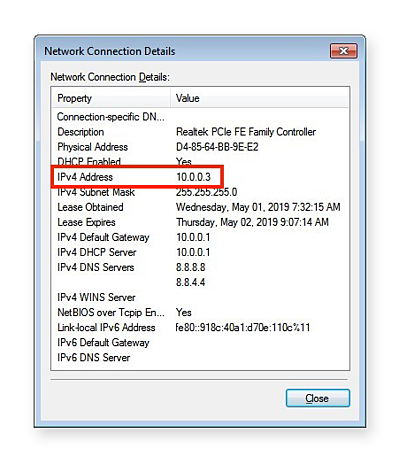
2. How to find your IP Address on a Mac
Finding an IP address on a Mac computer is pretty simple. Below are the steps for finding a local Ip address on a Mac computer or laptop. Steps for finding the IP address in mac os.
Step 1
Drop down the Apple menu and click on the system preferences option.
Now, you can double-click on the network icon present in the system preferences menu or drop down to the view menu and click on the network option.
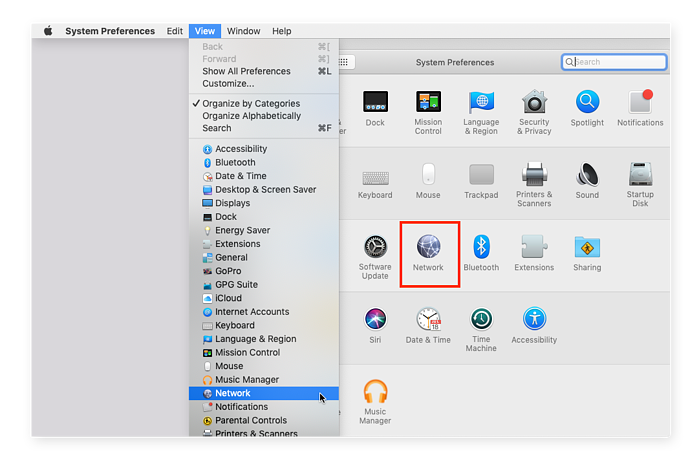
Step 2
Perfect, in the left sidebar menu, check what type of network your device is connected to (wifi or ethernet).
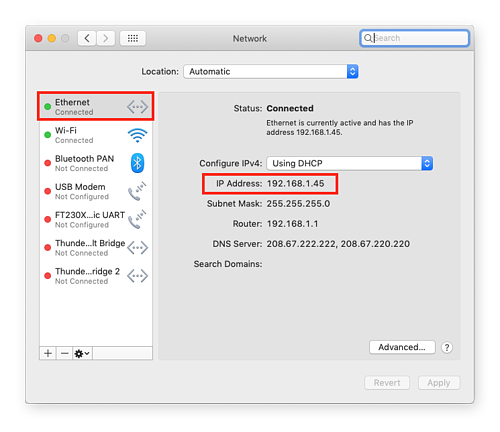
If your device is connected to an ethernet connection then your local IP will be displayed in front of the IP address label.
Step 3
If the device is connected to a wifi connection, click the advanced button followed by the TCP/IP button. Your IP address will be available next to the IPV4 label.
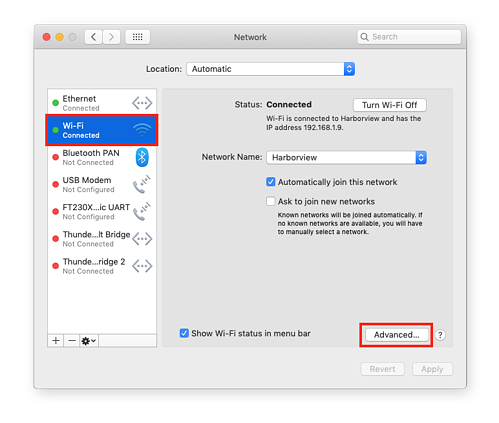
3. How to find your IP Address on Windows and Mac using CMD/Terminal
There is another fast and easiest way for people who avoid navigating to different screens in a hierarchical procedure. Finding a local IP address through a command prompt or terminal is generally fast and straightforward.
Let’s start with the command prompt first.
Open the command prompt by searching it in the windows search option at the bottom left of your screen, or if you don’t find the search bar simply tap on run and type cmd, and hit enter.
After that just type this command “ipconfig” in the command prompt then your IP address will be shown among other network details.
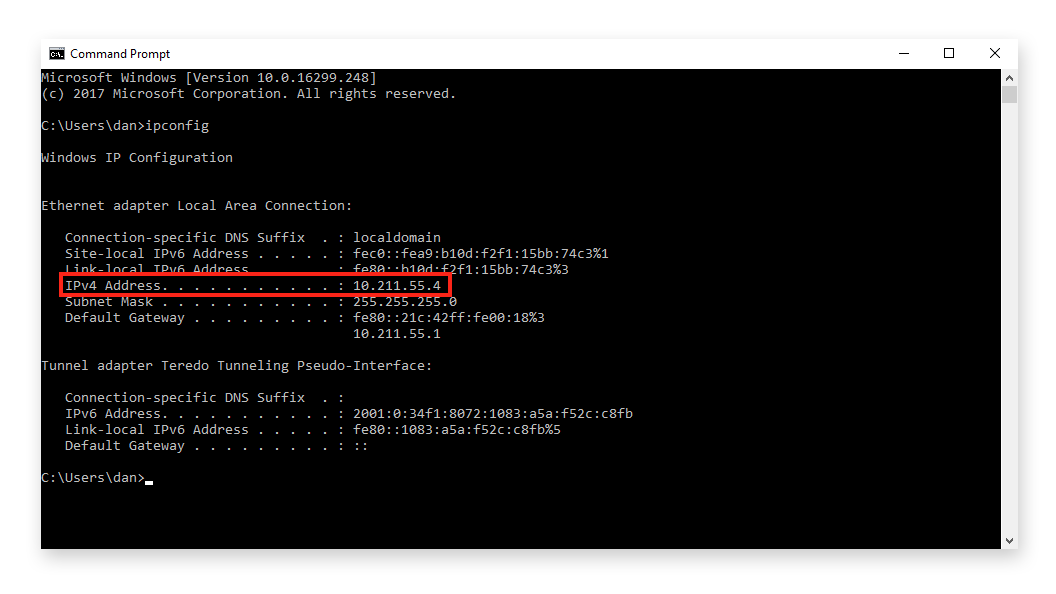
Now, for Mac OS It is again pretty simple and straightforward for people who are more comfortable with a keyboard.
For finding your local IP address through the Mac OS terminal you need to follow just a few simple steps.
- Start your terminal.
- Type the command in the terminal app “ipconfig getifaddr en1” if you are connected to a wireless network.
- For wired connection, you need to type “ipconfig getifaddr en0“.

4. How to find your local IP Address on Linux
Usually, the Linux operating system users are more comfortable with the command-line interface but in this section, finding your IP address through GUI interaction is also covered.
4.1 Find the Ip address from the +command Line
There are multiple ways to find your IP address from the command line in the Linux operating system. The first one is the hostname command which is commonly used by Linux users.
Just type “hostname – I” in the CLI and it will show you your IP address with other network details.

The second way is by using the “ip addr” command. The operating system will scan your computer’s hardware and show you the list of all the network adapters. Below the entry link/ether you can find your IP address.
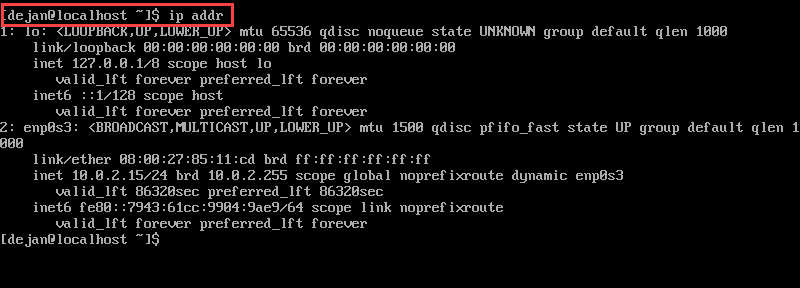
The entries will show information about the wired (ethernet) adapter and wifi adapter.
Finally, the third way is by using the “ifconfig” command. The system will display information about all network connections. This shows both IPv4 and IPv6 addresses.
4.2 Find IP address on Linux
If you are more comfortable with using a Linux Graphical user interface then you can find your local IP address by following the steps below.
- Navigate to the application menu grid and type settings into the search box.
- Click the settings icon.
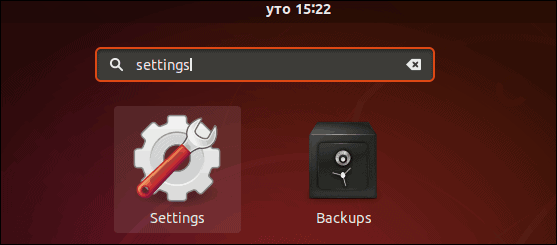
- Now, find the network tab in the sidebar menu and click on the advanced setting button as shown in the picture.
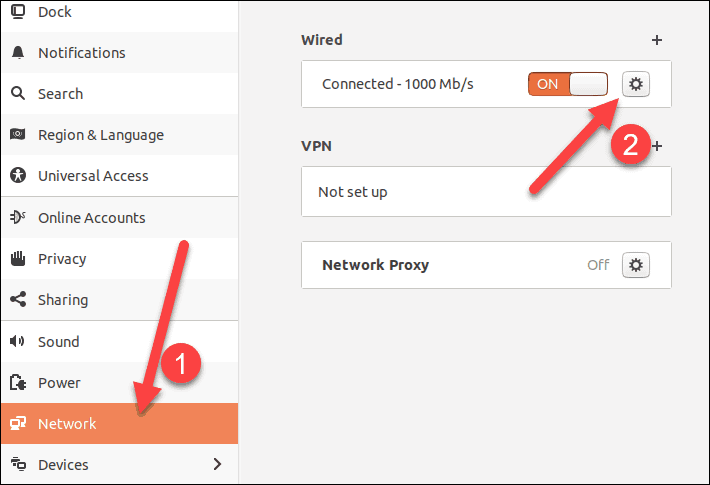
- Finally, a pop-up window will appear with details on wired connection settings.
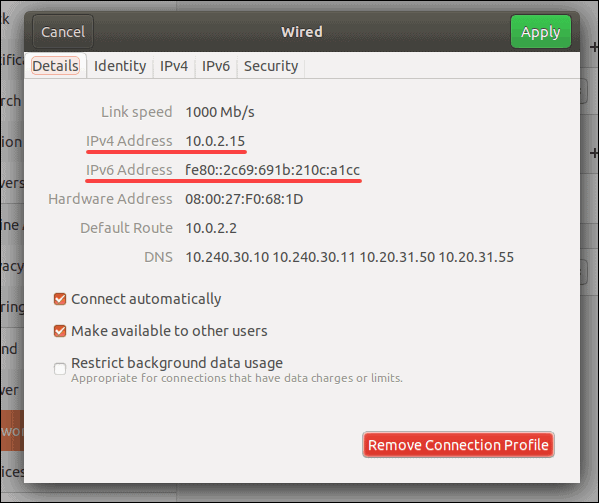
5. How to find IP addresses on Android and Apple smartphones
Nearly all devices in the world that connect to the internet have to have an IP address. It could be your smartphone, your tablet or iPad, and even your smart tv. In the below two sections we’ll guide you to find the IP address of your smartphones.
5.1 Find the IP Address of Your Android Phone
The steps below are for finding the IP address on android smartphones. The demonstration is done on Google’s Pixel running android version 11.
- Open the settings option and click on the Network & internet > Wi-Fi.
- Check if you are connected to your wifi network, tap on its name to verify.
- Press and hold the network’s name and expand the Advanced option.
- Under network Details, you will find your IP address and other information.

5.2 Find the IP Address of Your iPhone
Here’s what you need to do to find your IP address on your iPhone.
- Navigate to Settings > Wi-Fi.
- Check if you’re connected to a network.
- Press your network name to display more information.
- Under the IPV4 header, you’ll see your IP address.

6. All you need to know about IP Address
Ip address is known as Internet Protocol. An IP address is an identification via numbers allocated to all the devices that connect to a connection/ network. Ip address is known as Internet Protocol. An IP address is a numbered identification allocated to all the devices that connect to a network. Therefore, if you are thinking about whether your smartphone has an IP address, the short and simple answer is “true” if you’re connected to a network.
Inspecting the IP addresses of your computer or cell phone supports recognizing it on public and your home network. 2 IP addresses identify every device, as well as your smartphone. Most businesses and users often change their IP addresses to a different country like the UK, Australia, New Zealand, Canada, etc for business needs or for accessing blocked international content.
Following are the Two types of IP addresses:
- Public IP address (Global IP address)
A Global IP address or a public IP is how the internet views any device(computer or a phone) on the network. This is specific to your network, your global IP will remain the same even if you’re using your smartphone, desktop computer, or other devices at home or work.
- Private IP address (Local IP address)
A local IP address recognizes a device on the network. Only a single device can have a specific Ip address on a connected network, but that very same IP address can be used on multiple private networks as well.
When you see your IP address through certain processes, most probably you’ll see both IP version IPv6 and IPv4 addresses. IPv4 addresses are more precise, but because of the large number of connected devices, they are reaching the limit. IPv6 addresses aren’t very simple to read, but there are a lot in numbers.
6.2 Understanding dynamic and static IP address
| Static IP Address | Dynamic IP Address |
| Always remains the same. | Dynamic IP addresses are subject to change. |
| Commonly assigned to servers and other high-tech devices. | Dynamic IPs are assigned by DHCP servers. |
| Assigned by Internet Service Provider (ISPs). | Dynamic addresses are used because IPv4 doesn’t provide enough static IP addresses. |
| It could be IPV4 or IPV6. | Probably your home or office may be assigned a dynamic IP address by your ISP’s DHCP server |
| Depending on the nature of your agreement your ISP may not allocate you static IP. | Dynamic IP is the standard used by and for consumer equipment also called a private IP address. |
6.3 Pros and cons of Static IP
There are so many advantages of using a static IP address.
6.4 Pros and cons of Dynamic IP
Below are the pros and cons of dynamic IP.
- Easier to manage and deploy.
- Easy and automated IP allocation.
- It’s pretty cheap in comparison to static IP.
- It allows you to reuse IP addresses.
- It definitely has better security than static IP.
- A Dynamic IP is not good for all situations.
- Does not work well for hosting services.
- May limit remote access.
- Having a dynamic IP will not give you specific geolocation services.
Find IP address FAQS
How do i find someone's IP address?
Can I find my IP address on my phone?
Can someone find out your IP address?
What happens if anyone knows my IP address?
How do I identify my IP address?
7. Conclusion
No matter what device you use, it’s easy to find your IP address. While you might not want to review it regularly, it’s good to know how to find IP addresses on different devices. Usually, static IP addresses are good for businesses, for hosting their websites and other internet services. Today people having static IPs can work more efficiently from their homes via a VPN. Dynamic IP addresses are cheaper but a little more secure than Static. We hope you loved reading this guide on how to find your IP address on all devices.